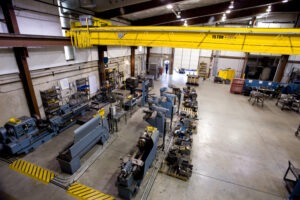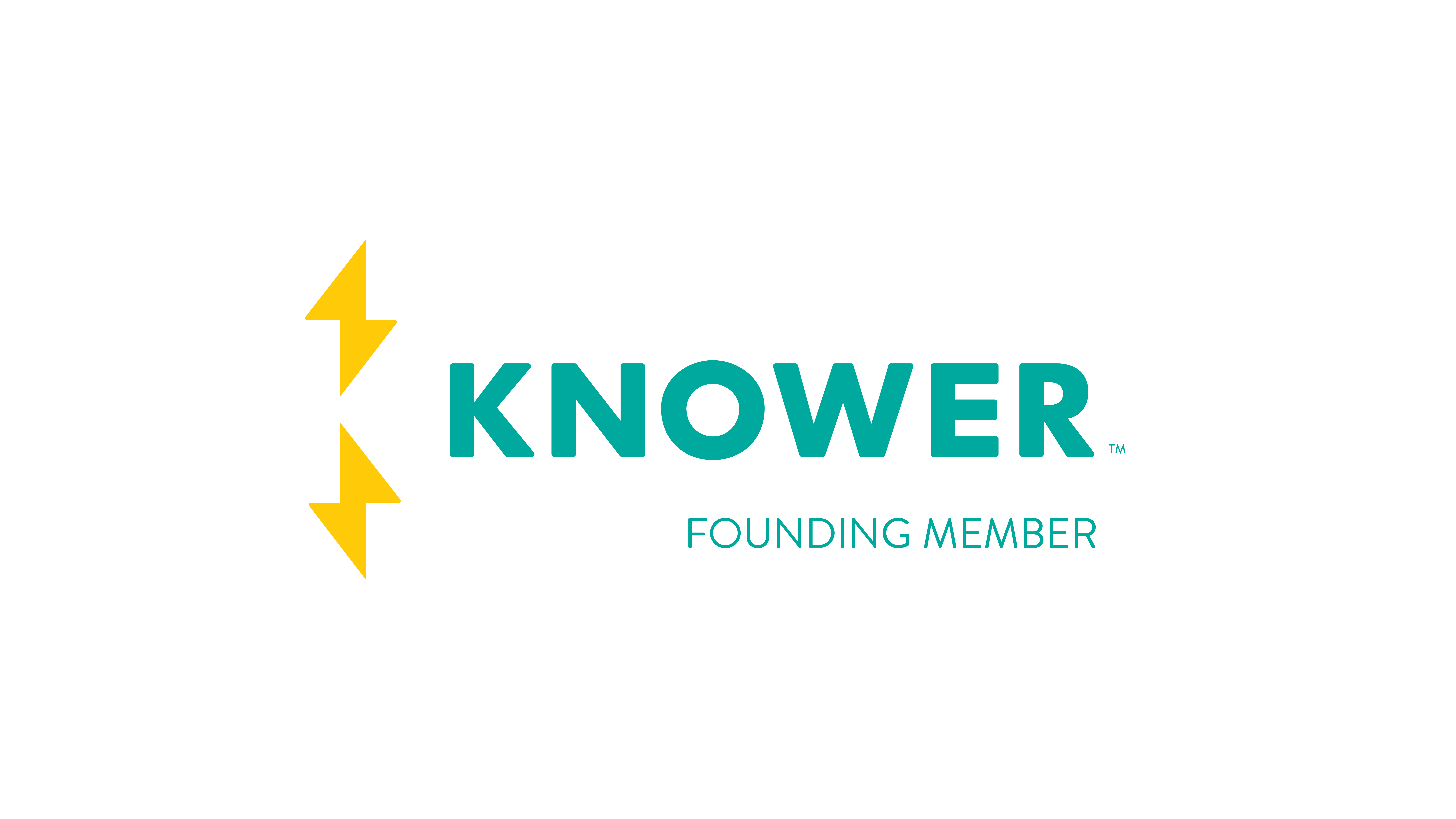 Overhead cranes are among the most popular material-moving solutions used by US businesses. Their key benefits include increased worker safety, productivity, and efficiency. Cranes are available to meet various specific load weights ranging from a few hundred pounds to several thousand tons. Unfortunately, many owners struggle with deciding when to consider an overhead crane for their business, so here are two key points.
Overhead cranes are among the most popular material-moving solutions used by US businesses. Their key benefits include increased worker safety, productivity, and efficiency. Cranes are available to meet various specific load weights ranging from a few hundred pounds to several thousand tons. Unfortunately, many owners struggle with deciding when to consider an overhead crane for their business, so here are two key points.
OnFloor Material Movers
Many companies rely on a collection of forklifts, industrial trucks, or conveyors to move materials and products around the facility. While an overhead crane won’t replace all these bulky on-floor material movers, they will free up valuable floor space for improved worker accessibility and safety.
A crane’s footprint is substantially smaller than the aisles, intersections, and turnarounds required by forklifts. Overhead cranes can also be located along the exterior walls or the roof structure (monorails) to minimize or eliminate their floor space footprint. On-floor material movers take up space whether they’re being used and have their own fuel and maintenance costs to consider.
Repetitive Strain Injuries
Repetitive strain injuries, or RSIs, can be caused by any task requiring a worker to perform the same task repeatedly. In 2018, the Liberty Mutual Workplace Safety Index ranked overexertion as the highest-cost category, accounting for 23.4% of all worker compensation claims and costing employers $13.7 billion.
The same study found that falls accounted for 19.2% of worker compensation claims and $17.2 billion in employer costs. Most falls result from workspace clutter, changes in elevation, or wet/slippery surfaces. Investing in a crane to improve workplace safety and efficiency is wise for companies looking to enhance productivity and profit margins. Cranes don’t experience overexertion or RSIs like humans, resulting in improved workflows and lower production costs.
Choosing the Best Crane for Your Business
Many different types of cranes and hoists can assist with moving material loads ranging from .25 to 100 tons around the plant or facility, including:
- Workstation cranes generally have a load capacity of up to 2 tons.
- Jib cranes can move loads generally weighing up to 15 tons.
- Monorail cranes for production or assembly lines can generally lift up to 100 tons.
- Gantry cranes can move loads generally up to 100 tons.
- Bridge cranes using a single girder can generally lift up to 15 tons, while double girder configurations can generally lift up to 50 tons.
These overhead crane options can help reduce the number of RSI claims caused by overexertion and the slips and falls created by a cluttered workspace. The key factors when selecting or designing the best overhead crane for your specific business needs are:
- Load weight
- Lift height
- Moving distance (horizontal)
- Building construction
For those considering their first overhead crane, there are several online resources to help with the decision-making process:
Benefits of Motorized Overhead Cranes
Best Material Handling Practices for Overhead Cranes
Crane Manufacturers Association of America
Overhead Crane Training
Cranes can be complex due to the number of moving parts and the various safety systems. Overhead crane training helps workers perform their jobs with increased safety and efficiency.
OSHA requires annual crane inspections, and most states require the operator to possess a valid operator’s license issued by a CMAA-approved instructor. Typically, the training burden falls on the employer to schedule the needed training as a new crane comes online or new operators get hired. Since overhead crane training can minimize unexpected downtime, reduce workplace injuries, and lower worker compensation costs, it’s another critical component of the decision-making process.
Additionally, understanding the correct maintenance and inspection procedures required for each crane should be a part of the overhead crane decision process. Left unchecked, these costs will impact the company’s profit margins over time due to downtime and unexpected repair costs.
If your company wants to improve worker safety, free up valuable square footage, and increase productivity, your business is ready for an overhead crane. Let Hi-Speed help you with all your crane needs, from the selection and design process to parts and replacement services.
Our goal is to keep you up and running by providing the expertise needed to ensure maximum uptime and worker safety. In addition, Hi-Speed can provide regular inspection and maintenance contracts to identify potential problems before they require replacement parts or repairs. You can email the Hi-Speed Crane Experts to learn more or call us today at 800-713-0103.

